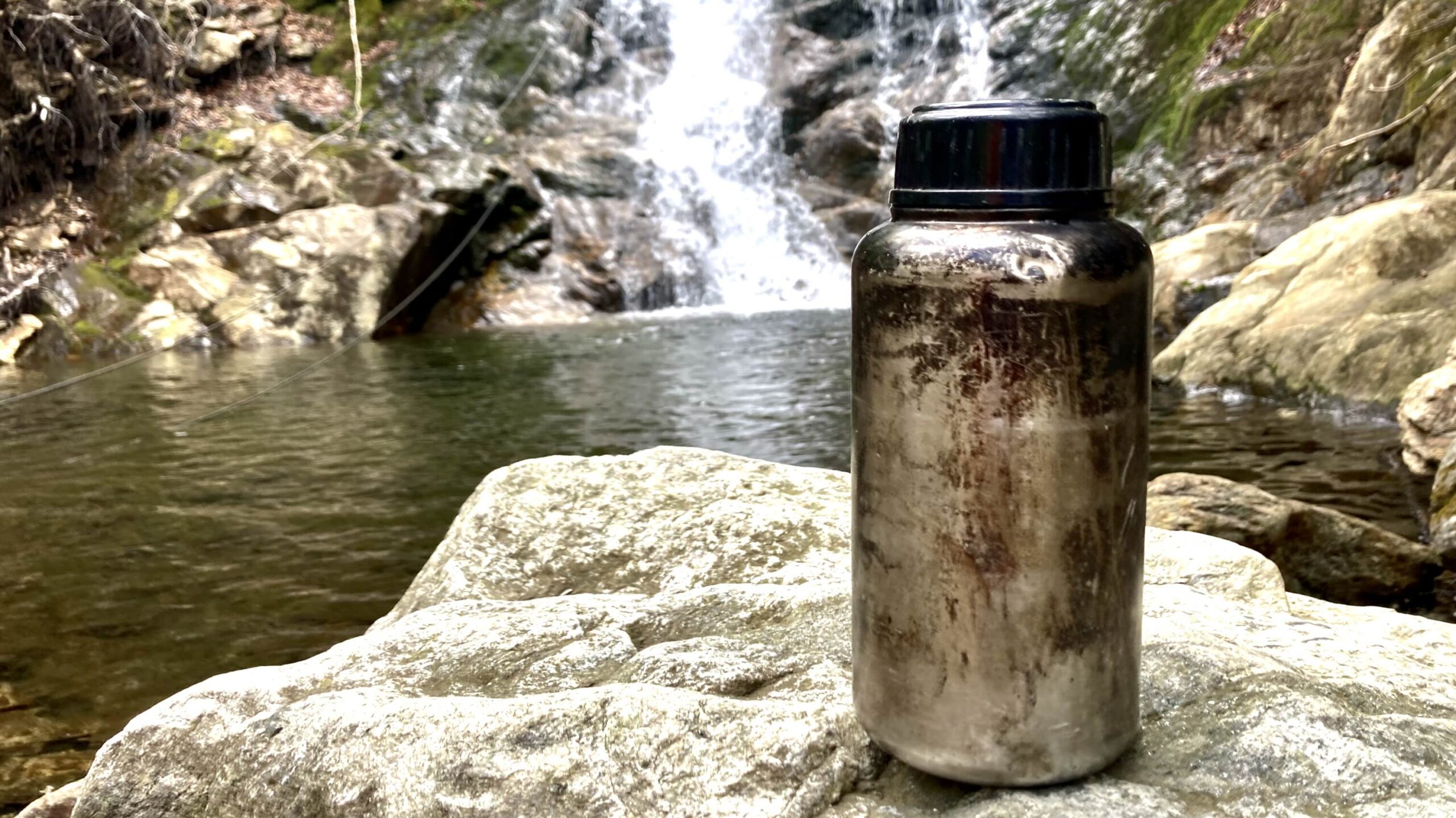Law enforcement agencies have some characteristics that are worthy of emulation by civilian concealed carriers. Shooting police qualifications is not a bad thing, as I have repeatedly said on this site. Using the ammunition used by prominent law enforcement agencies probably isn’t a bad thing, either. But there are some things done by law enforcement that you should actively strive to avoid emulating. Don’t be like the police if it harms your readiness.
First, I’m Not Anti-Cop
I need to preface this by saying that I am not anti-cop (as should be obvious). Since I’m not fawning all over the police in this post, I’m sure some will assume I’m a “defund the police”er. I’m not.
I have personally trained law enforcement agencies from local cops to DEA, DHS, DoS, U.S. Marshals, and others. I have volunteered my own time to run ranges for a local police department’s SWAT team. Additionally, I have trained alongside my local sheriff’s office (attending their pistol-mounted optics transition class) and some others. I have dated a cop for two years. Maybe most importantly, I am a cadet at the police academy. No longer content to sit on the sideline, I decided to attend the academy in hopes of working part-time as a deputy. I am pro-law enforcement in a very real way that goes way beyond liking a “back the blue” Facebook post.
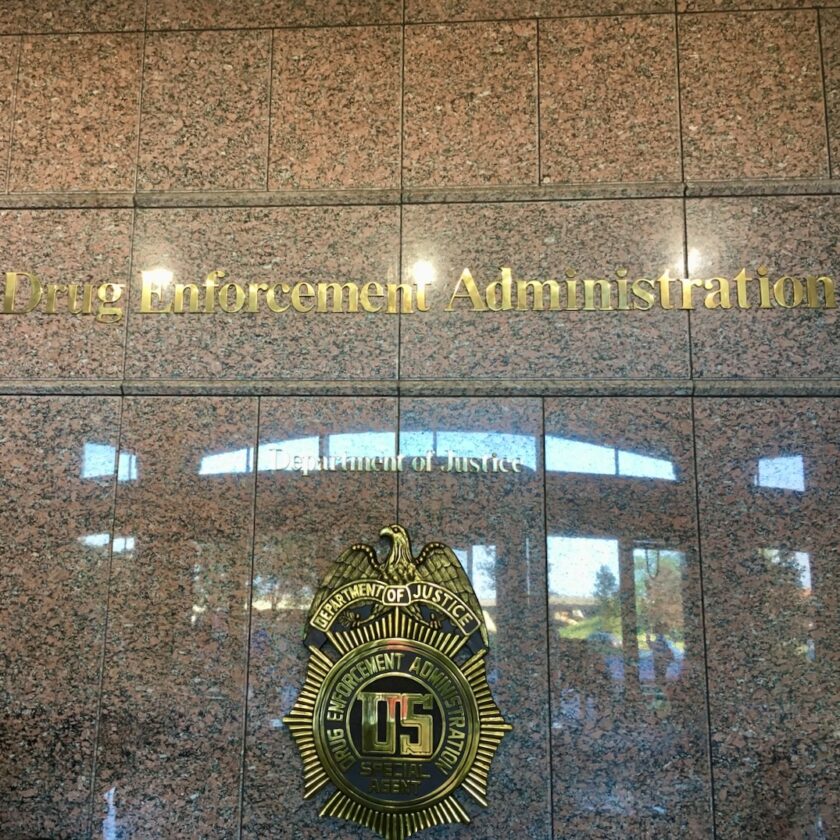
Many in the public look to cops as authorities on firearms. However, law enforcement does not necessarily do the best job with firearm-related stuff. Some agencies do a phenomenal job, probably due to incredibly good training officers, Mike Waidelich being an outstanding example of the breed. Some individual officers are absolute warriors and go above and beyond. But generally speaking, cops are not experts on firearms any more than they are experts on computers or ink pens. Law enforcement agencies and officers don’t always make great choices as they relate to firearms.
My job as a paramedic and my resume has led to some close relationships with law enforcement agencies in my area. This article is going to give a few examples I’ve personally observed from some of these agencies. These are bad examples, and clear ways you should avoid doing what the police do.
Don’t Shoot Just Once a Year
Most of the law enforcement officers I know shoot once a year: when their qualification is due. My state requires everyone to shoot a daytime qualification and a nighttime qualification, once per calendar year. This adds up to a paltry 100 rounds a year. One hundred rounds a year, in one session is not enough to maintain skill, let alone develop an automated level of proficiency. Automaticity (sometimes called “muscle memory”) is what allows you to perform a skill under extreme stress. Developing automaticity takes a massive number of repetitions over a long period of time. Shooting once a year won’t cut it.
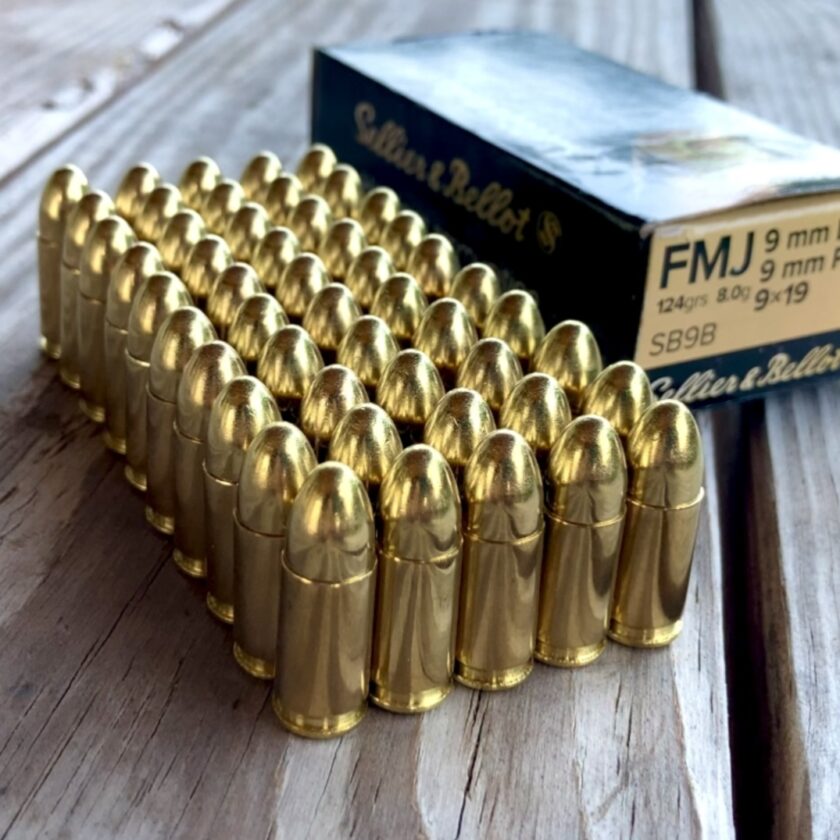
Some departments do shoot more. Some states/agencies require qualifying twice annually. Twice as much is twice as good, but is still a very low standard. My local sheriff’s office sends all its officers to a one-day, 300-round optics transition class (this is a one-time class). Some cops go to SWAT school and shoot quite a bit more. Many shoot the bare minimum, though.
I would recommend going to the range at least once a month. Spending at least one 10 to 15-minute session a week dry practicing would be a really good idea, too. And while you’re at the range you should shoot some tougher drills, qualifications, standards, and tests than police qualifications… but we’ll explore that further in the next session.
Don’t Measure Skill Through Unrealistic Courses of Fire
Tom Givens jokingly calls police pistol qualifications “field sobriety tests.” His underlying sentiment is that they don’t prove much skill, just that you aren’t so too drunk to pass. Police firearms qualifications fail in a couple of significant ways. First, they often utilize targets that are too large, offer generous scoring areas, and are not anatomically relevant. “Anatomically relevant” means that targets encourage the shooter to aim at a point that relates to solid hits in the vitals on a human adversary.
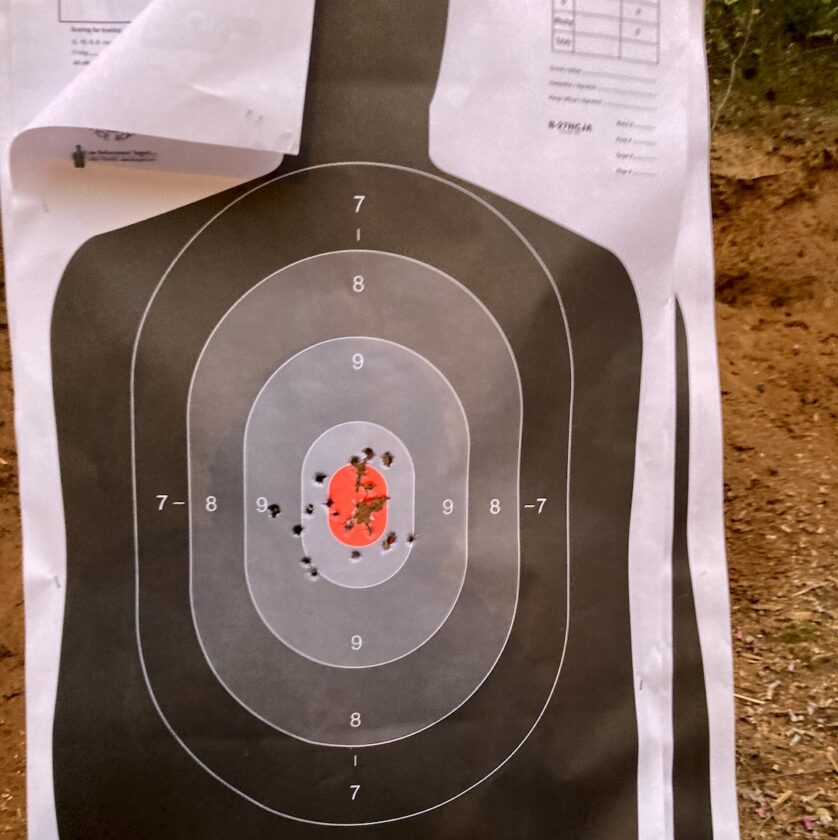
The B27 Target is a common one used for police qualifications. The center of the target is closer to the solar plexus than the heart and great vessels. The scoring zone is also way too generous. The silhouette itself is unrealistically large, and the entire 8-ring counts as the “down-zero” (i.e., 100%) zone. The use of this target is designed to get officers to pass, not to create a culture of strong marksmanship.
Another common problem with many police handgun qualifications is that the time standards ridiculously lax. This article shows Greg Ellifritz passing Ohio’s police pistol qual firing double the number of rounds, shooting it at double distance, and shooting the same drills on two targets (not all at once), all in the same allotted time.
Note that not all police qualifications are bad. I happen to like the BATFE Qual. The FBI Qualification isn’t bad, either, and I think the old Bakersfield PD Qual is an excellent test of handgun skill. There are plenty of civilian qualifications with demanding time and accuracy standards like the Wilson 5×5 Skills Test, the CSAT Instructor Standards, the Gunsite 250 Class Drill.
Don’t Carry Unproven Guns or Ammo
I have seen this with at least two departments here: when new guns come in, they are issued at the range on qual day. The officer fires 100 rounds of FMJ through them to qualify. He or she is then handed a box of duty ammunition. Mags are loaded, the gun is holstered, and the cop goes out on the road. I would recommend shooting more than 100 rounds through your pistol before deeming it reliable and betting your life on it. The standard recommendation seems to be about 1,000 malfunction-free rounds before a gun is deemed reliable.
Reliability matters more than expansion or any other measure of a bullet’s performance.
The other major problem here is carrying unproven duty ammunition (most agencies in my area carry 147-grain Winchester Ranger T-series). Due to the more complex bullet shape and sharp leading edges, hollowpoint ammunition (which is used by pretty much all 17,000 enforcement agencies in the United States) can be less reliable than ball ammunition. I would not carry ammunition that was not proven reliable in my pistol, especially for defensive use, let alone on duty. Don’t be like the police, carry ammunition that has proven itself reliable in your gun. Reliability matters more than expansion or any other measure of a bullet’s performance.
Don’t Be Content with Only the Required Training
Don’t be like the police when it comes to firearms training. Though all have attended somewhere around 40 to 60 hours of entry-level training, very few have attended any training above and beyond that. Unfortunately, 40 hours crammed into a single week is not enough to build real skill. It is about enough time to get an unskilled cadet through the pistol qualification, but little more. And as we have seen, the pistol qualification is not a very meaningful test of skill.
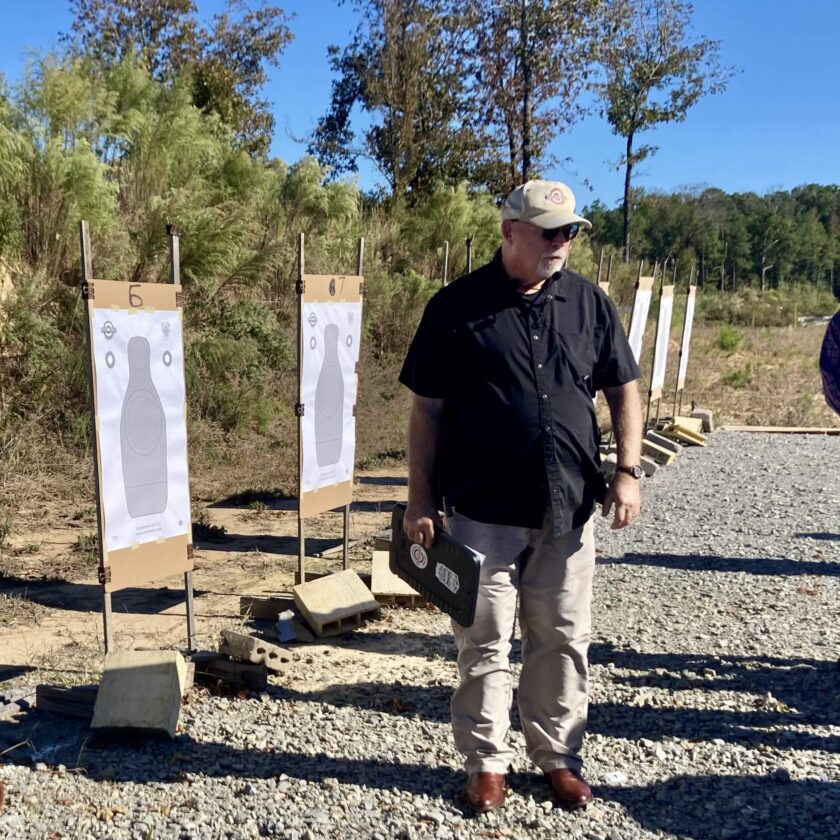
Unlike most cops, you should attend training on your own. “I have been around guns all my life!” is not a substitute for high-quality training. I can personally vouch for the instruction abilities of Tim Chandler, Greg Ellifritz, Erick Gelhaus, Tom Givens, Simon Golob, Chuck Haggard, Rob & Matt Haught, John Hearne, Ashton Ray, Mike Seeklander, and Lee Weems. You won’t go wrong with any of these. There are dozens of other highly competent instructors out there; unfortunately I just haven’t had the opportunity to attend their classes (yet). Within their respective domains (i.e, the Haughts only run shotgun classes) they will absolutely improve your shooting abilities!
Don’t Miss!
I was going to leave this alone, but while I was writing this article, there was an officer-involved shooting in my area. The officer in question fired five rounds. One (20%) struck the attacking suspect in the upper thigh. The other four narrowly missed hitting a bystander who was behind the attacker. Each and every one of those bullets have the potential to kill, maim, permanently disable a completely innocent, uninvolved bystander. Each of those 147-grain hollowpoints could have put someone in a wheelchair, given them a colostomy bag, taken limbs, reproductive ability, eyesight, or their lives from them.
I don’t mean to pick on this officer, whose accuracy was about average for law enforcement officers nationwide†. Definitive statistics are difficult to come by, but most seem to indicate that officers miss about 75% of shots fired in the line of duty. This is absolutely unacceptable for a concealed carrier. Every one of those bullets comes with legal, financial, ethical, and social liability. I don’t know who said it (let me know if you know) but “there is no such thing as a miss, only unintentional hits.” All of your bullets hit something. It’s OK to push yourself hard on the range, but in public each round needs to hit the intended target.
†Statistics vary widely, from around a 20% hit rate to as high as 30%. Documenting this accurately is difficult as shootings are no uniformly reported, but 20% is a would be pretty widely viewed as a decent guess.
Closing Thoughts on “Don’t be Like the Police”
I know I’ve spent a fair amount of your time today discussing how bad some police firearms training/policy is. Again I want to stress that I’m not anti-cop. I wish this weren’t the case, but sadly this is the reality for most law enforcement agencies. You can avoid some of these pitfalls and do better than the police.
Stay tuned! In two weeks I’m going to talk about some things police do right, and some things you may very well want to emulate.





